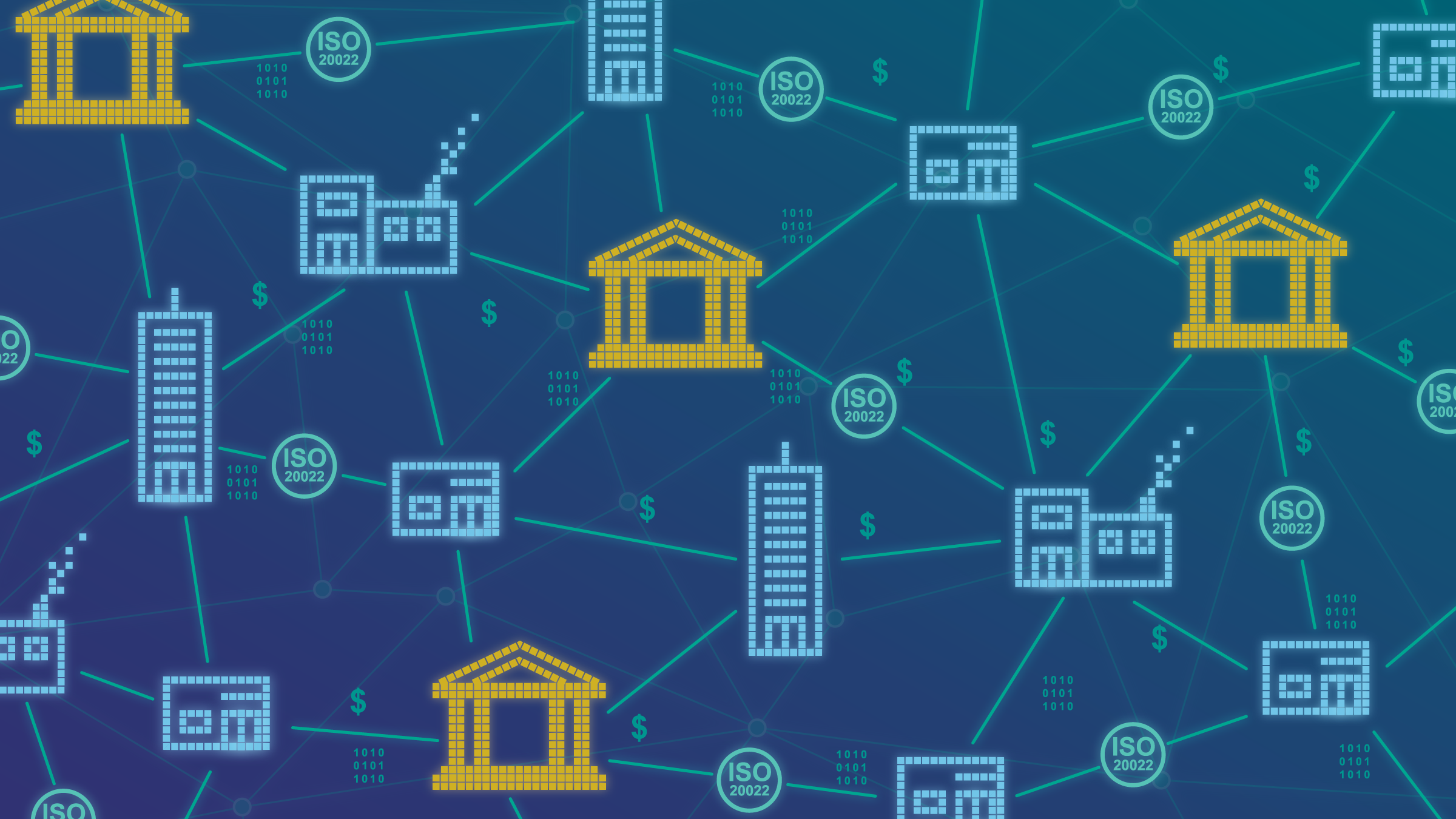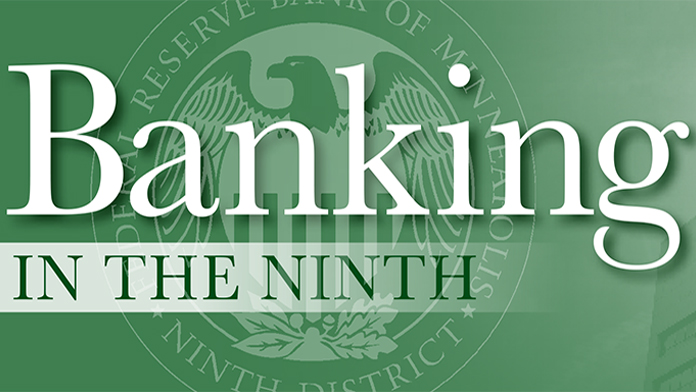While the global payments industry has made great strides leveraging modern technology to meet the evolving needs of consumers and businesses, a complex web of electronic payment messaging exists behind the scenes to ensure that a payment moves from one bank account to another. To simplify this exchange, payments systems around the world are working to implement more efficient processing of electronic payments and the supporting information required for automated processing.
The need for modernization stems from a simple problem. Existing payment messaging standards were developed well before widespread adoption of personal computers, the internet, email, mobile phones, and innovations supporting those capabilities. While payment capabilities have advanced, payment messages remain constrained by outdated technologies. A key enabler to simplifying and modernizing payments is consistent and widespread implementation of a payment messaging standard called ISO 20022 (pronounced ICE-OH-TWENTY-OH-TWENTY-TWO). Though ISO 20022 can support efficiency with several types of payment exchanges, such as between individuals, it is particularly useful for business-to-business (B2B) payments.
Business payment processing
Consider this: A business (buyer) orders 10 items from a supplier (seller) and receives an invoice for all 10. For a variety of reasons, the business may send a payment to the supplier for only eight of the 10 items. When that happens, the business needs to communicate to the supplier information about what they are paying for in addition to the payment itself. This information is referred to as “remittance information.” The seller needs the remittance information to appropriately match the payment to the invoice in their back-end systems.
Since current payment messages were not designed to effectively carry this information, over 90 percent of the time this information is sent separately, such as in an email, while the electronic payment goes through the banking system. Thus, businesses must somehow manually reassociate the information received in the email with what their bank received, which, based on various industry research estimates, can lead to internal labor costs between $11 and $40 per transaction. This inefficiency, caused by the separation of the payment and remittance information, and the inability to support fully automated processing of electronic payments, is one of the important issues the ISO 20022 messaging standard can help address.
What is ISO 20022?
ISO 20022 is a global payment messaging standard that allows businesses, financial institutions, and all other parties involved in a financial transaction to exchange, interpret, and automatically process payment information. By providing a common global language for corporate accounting and banking systems, ISO 20022 resolves two key challenges in facilitating automated processing of electronic payment messages between two systems.
First, it creates a common global vocabulary for sending electronic payment information between buyers and sellers. This is important because different companies in different market sectors often use different terms to refer to the same data, causing a communication barrier. ISO 20022 maintains a data dictionary that defines the data elements and concepts used within a payment message so that all systems using ISO 20022 messages can interpret the data received in them, laying the groundwork for greater efficiency of the end-to-end value chain.
Second, it creates a consistent structure or format used to convey information, including an easy way to identify all information within a message. Information carried in an ISO 20022 message is assigned a tag. Tags are used before and after each data element to identify exactly what it is. For example,
Together the common vocabulary and structured format, or syntax, ISO 20022 provides a common global language to exchange large amounts of data across the financial services industry in a manner that they can be automatically processed.
How is the FRS involved?
The Federal Reserve System is working to improve B2B payment efficiencies, and ISO 20022 adoption is a key tactic. The Federal Bank of Minneapolis, the System, and industry stakeholders are participating in initiatives to support the widespread adoption of ISO 20022 to increase interoperability and efficiency, and ultimately reduce payment processing costs for all. This includes working with industry stakeholders to develop ISO 20022 adoption strategies for B2B message use within the United States. The Bank also participates in international work groups that support consistent use and adoption of ISO 20022 in correspondent and cross-border payments. Additionally, FedNow, the Fed’s upcoming instant payments solution, and Fedwire are both planning to support ISO 20022.
What does this mean for you?
Today, there is a global movement for all critical payment infrastructures to adopt ISO 20022. When that happens, payments systems worldwide will be using the same payment language for messaging, enabling an easier exchange of information between them and dramatically reducing costs through electronic payment process automation. Initiatives are under way in the United States to support and encourage industry stakeholders implementing ISO 20022.
For more information, visit fedpaymentsimprovement.org and businesspaymentscoalition.org.






